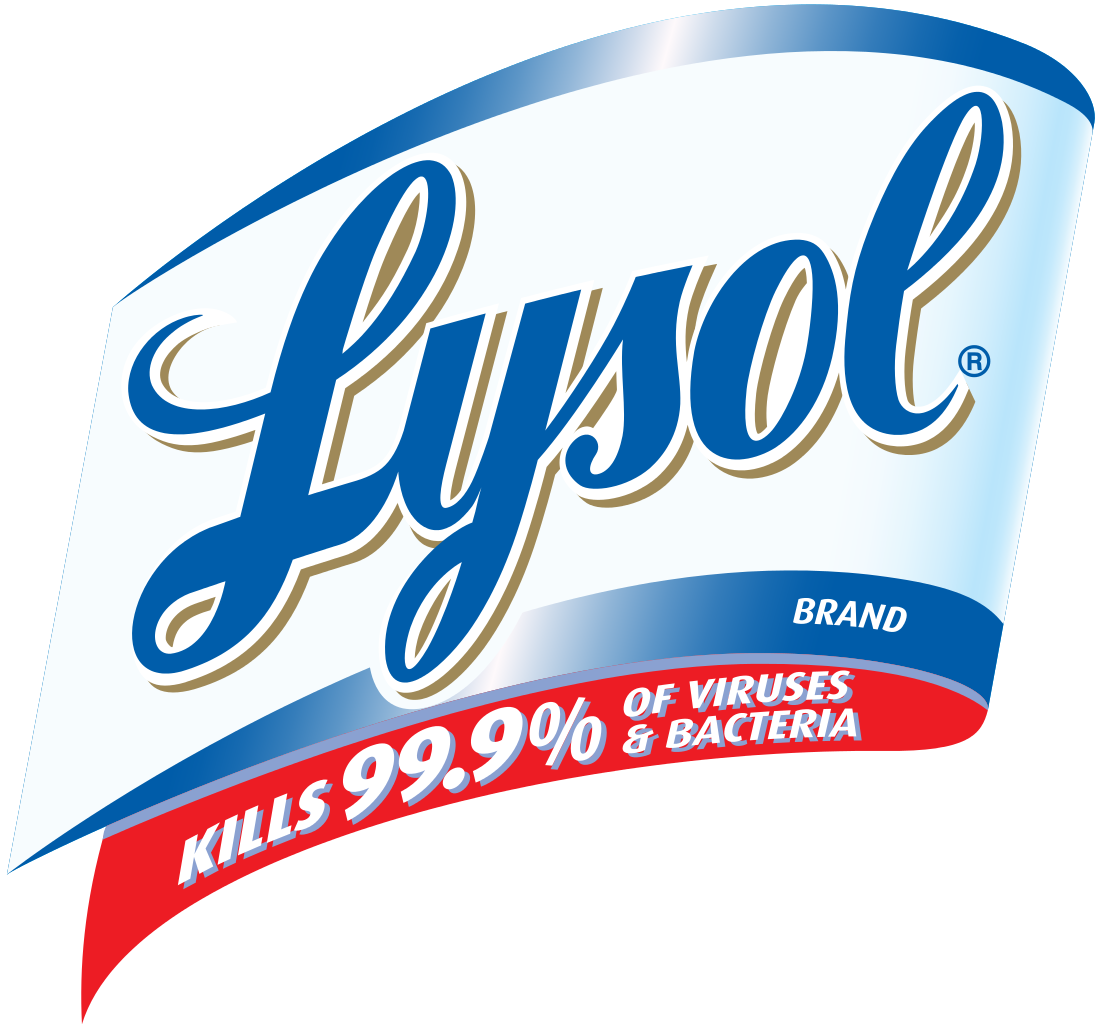Keeping your Hands Clean
Keeping your Hands Clean
Hand washing is easy to do and is the best way to help prevent the spread of illness. Learn when and how to wash your hands and get tips on what to teach your kids.
How Germs Spread
Washing hands can keep you healthy and prevent the spread of respiratory and diarrheal infections from one person to the next. Germs can spread from other people or surfaces when you:
- Touch your eyes, nose, and mouth with unwashed hands
- Prepare or eat food and drinks with unwashed hands
- Touch a contaminated surface or objects
- Blow your nose, cough, or sneeze into hands and then touch other people’s hands or common objects
When should you wash your hands?
Your hands touch a lot throughout the day, and consequently pick up a lot of bacteria and viruses. It is good practice to wash your hands frequently throughout the day, but make sure you and your children wash your hands especially at these key moments:
- After using the bathroom
- Before, during, and after preparing food
- Before eating food
- After blowing your nose, coughing, or sneezing
- After handling garbage
- After touching animals or handling animal waste
- Before and after caring for someone who is sick or injured
During the COVID-19 pandemic, you should also clean hands:
After you have been in a public place and touched an item or surface that may be frequently touched by other people, such as door handles, tables, gas pumps, shopping carts, or electronic cashier registers/screens, etc.
Before touching your eyes, nose, or mouth because that’s how germs enter our bodies.
In the absence of water and soap, please use antibacterial hand sanitizer or antibacterial personal wipes to keep your hands clean.
How to Wash your hands
Follow these six steps every time to Wash Your Hands the Right Way
Step 1: Wet your hands with clean, running water (warm or cold), turn off the tap, and apply Lysol Antibacterial Handsoap.
Step 2: Lather your hands by rubbing them together with the soap. Lather the backs of your hands, between your fingers, and under your nails.
Step 3: Scrub your hands for at least 20 seconds. Need a timer? Hum the “Happy Birthday” song from beginning to end twice.
Step 4: Rinse your hands well under clean, running water.
Step 5: Dry your hands using a clean towel or air dry them
Step 6: Use the towel or your elbow to turn off the faucet.
Teaching kids how to wash their hands
Hand washing is key to your children’s health. From sharing pencils in class, to swapping lunches, to drinking from the water fountain – kids pass a lot of germs while they are at school. Make sure your kids know how to wash their hands with these tips.
- Wash your hands with your kids so they can see how it’s done.
- Make sure your kids can reach the sink. Have a stool nearby if needed.
- Teach your kid to sing “Happy Birthday” twice, or the A-B-Cs, while they wash their hands to prevent rushing.
- Remind your kids that it’s important to wash their hands frequently throughout the day, not just before eating and after going to the bathroom.
Washing your hands is quick, easy, and is one of the most effective ways to help prevent illness. Adopt this simple habit and help protect your children’s health.
Please note: Please always use Lysol products as directed on the label.
https://www.cdc.gov/healthywater/hygiene/hand/handwashing.html












